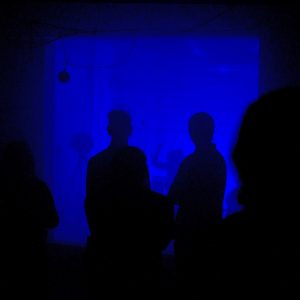
A Sensory Journey Through Sound and Silence: The Conductor by Mishka Henner – Review by Lizzie King
Lizzie King reviews The Conductor by Mishka Henner, presented as part of the Energy House 2.0 Artist Residencies at Sounds From the Other City, 2024.

Lizzie King reviews The Conductor by Mishka Henner, presented as part of the Energy House 2.0 Artist Residencies at Sounds From the Other City, 2024.

A Piece of Something Bigger officially begins showing on Thursday 23rd May 2024, coinciding with the University of Salford Degree Show!
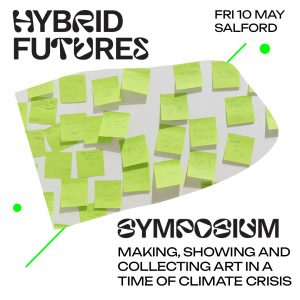
Join us and our Hybrid Futures partners for the Hybrid Futures Symposium taking place on the 10th May 2024 at The Old Fire Station, Univeristy of Salford.
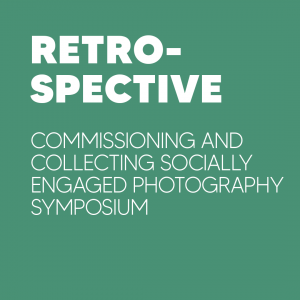
A summary of the Socially Engaged Photography Symposium held in February 2024 as part of the 'Craig Easton : Is Anybody Listening?' tour.
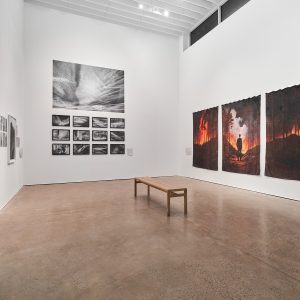
Sam Parker shares his thoughts on LOOK Climate Lab 2024 at Open Eye Gallery, Liverpool, featuring work from Energy House 2.0 Artist-in-Residence Mishka Henner.
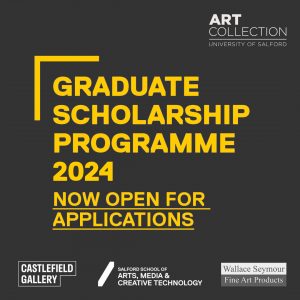
Our annual scheme - now celebrating its 10th year - is now open to applications to 2024 Graduates from the School of Art, Media and Creative Techology
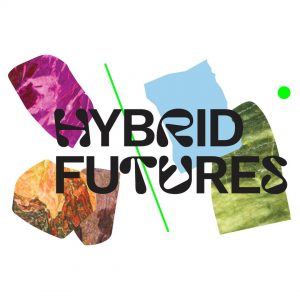
The University of Salford Art Collection presents the latest installment of Hybrid Futures at Salford Museum & Art Gallery, launching 21st March 2024.
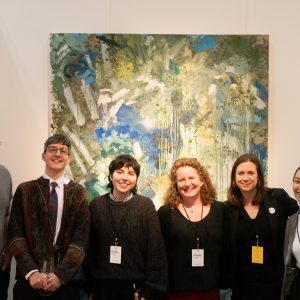
Rowan Pritchard joined the Art Collection as a Graduate Associate in 2021. After two years with the Collection, Rowan shares refelctions, hightlights and behind the scenes snaps from her time working with the Collection.
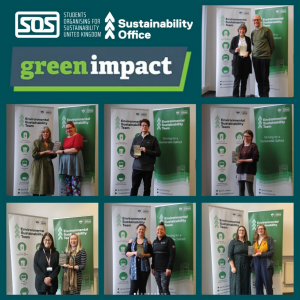
The University of Salford Art Collection awarded a platinum Green Impact award for 2022-23, plus special Community Action Award for Hybrid Futures work.
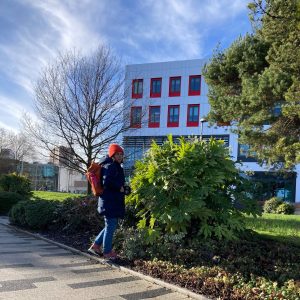
Lizzie King and Gwen Riley Jones share recipies and reflections from Sustaining Photography in four new blog posts.